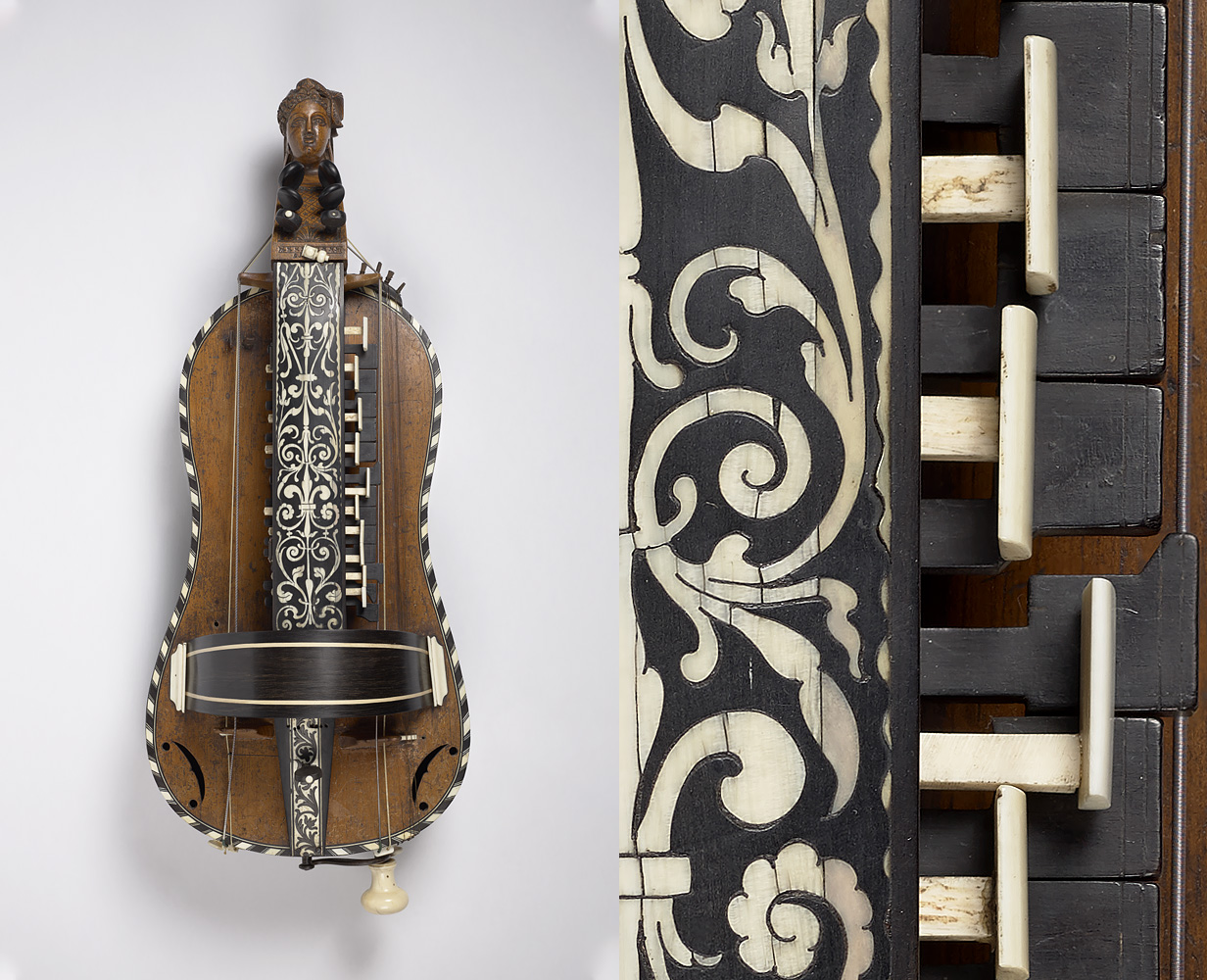
Recently I have had the joy of photographing a range of instruments from the collections at St Cecilia’s Hall .
Over the last few years, staff at St Cecilia’s have been identifying instruments currently displayed that need new photographs taken. In the end, approximately forty instruments were identified as needing re-photographed as the existing images were either black and white, of poor quality (typically scans of slides) or were taken before conservation treatment was carried out on the instruments and it was deemed necessary to update these images to better reflect the current state of these parts of the collection.
The aim of this project is to incorporate more sound into the visitor experience at St Cecilia’s Hall, through stand-alone interactives in each of the galleries as well as individual hand-held devices. A more dynamic website will replace the current app and can be used both in the stand-alone kiosk and on a smartphone/tablet. These new images will be incorporated into the dynamic website/app and represent the collections both online and in-gallery, as well as replace the existing images on Musical Instrument Museums Online (MIMO) – a site dedicated to acting as a single access point for information on public musical instrument collections from around the world.
The group of instruments I photographed were varied in age, location and materials. Some instruments would be suitable in a classical orchestral context, such as the ballad horn or timpani, while others were personal items one might carry around, like the humble harmonica. The majority of the instruments were either of a wood or metal composition, but other materials like gold paint, ivory, fabric and glass also appeared and presented their own challenges with reflection or overexposure.

It was fascinating to be exposed to so many different types of instruments from around the world, and a delight to photograph and handle them. Origins included Iceland, Mexico, Tibet, Myanmar (Burma), Italy, France, Austria, Germany, England, Scotland, America, China, India and Belgium.
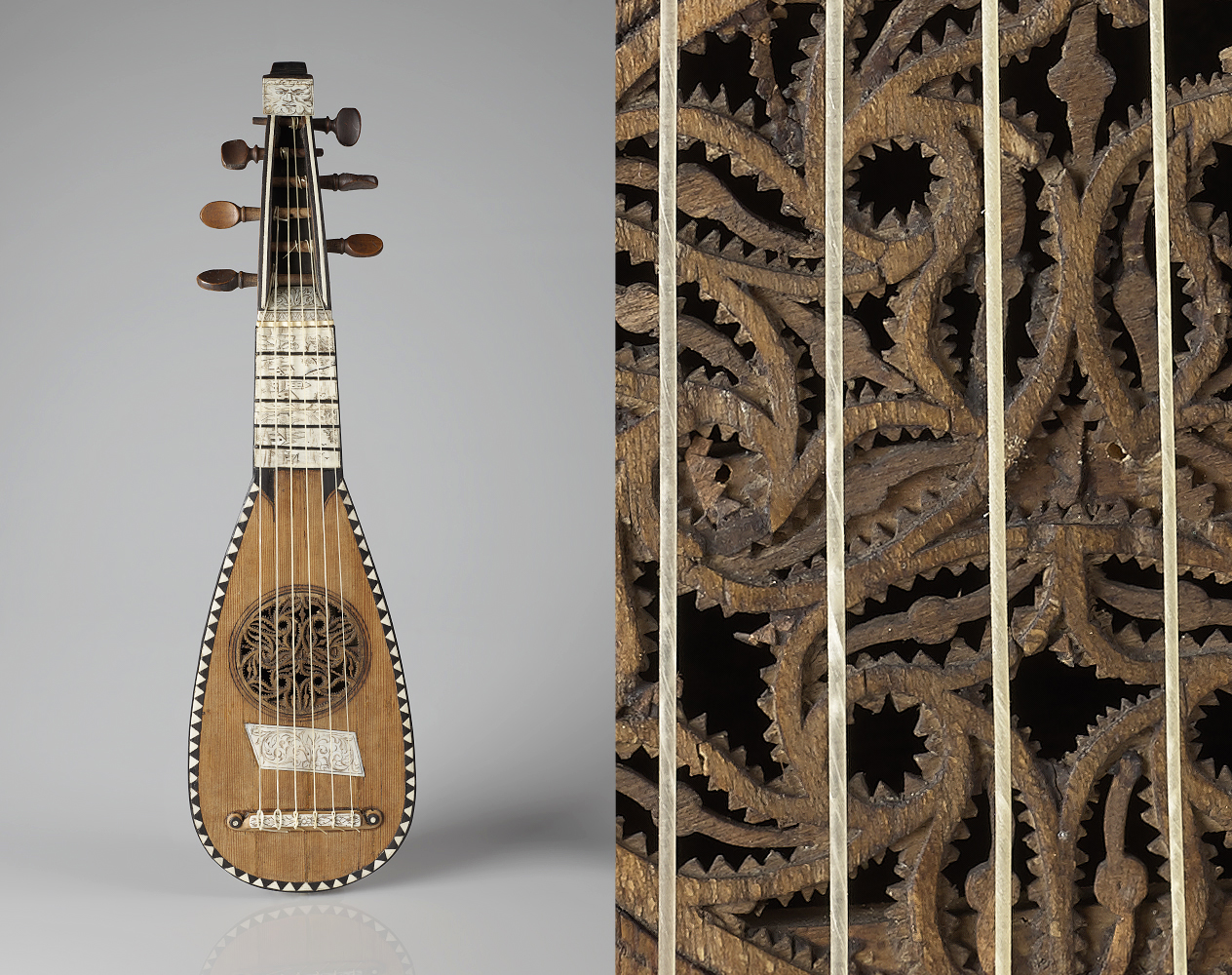
In the studio most of the smaller instruments were photographed on the infinity table, with the larger ones were photographed against a paper backdrop. This provides a smooth background without visual distractions like corners or table edges and lets the instruments really stand out.
There were definitely a few challenges throughout this project , especially during the early stages. Not only did it coincide with the global COVID-19 pandemic meaning that available time on site and the number of staff in the studio was limited, but also with the resumption of another major project I was working on – the Lyell Notebooks project. This ended up reducing the amount of time I had to plan and execute the capture of what were often quite complex objects and any problem solving or feedback with fellow colleagues had to be given remotely via Teams !
During capture itself there were other occasional things to watch out for, namely double checking the instruments that were naturally wonky (and it was not the camera angle that was squint). On most occasions the instruments did not come with a special mount stand, so an additional stand was set up to aid with balancing the instruments. This was done by carefully tying fishing wire around appropriate parts of the instrument, usually the neck, where this could be securely fastened and keep post processing to a minimum.
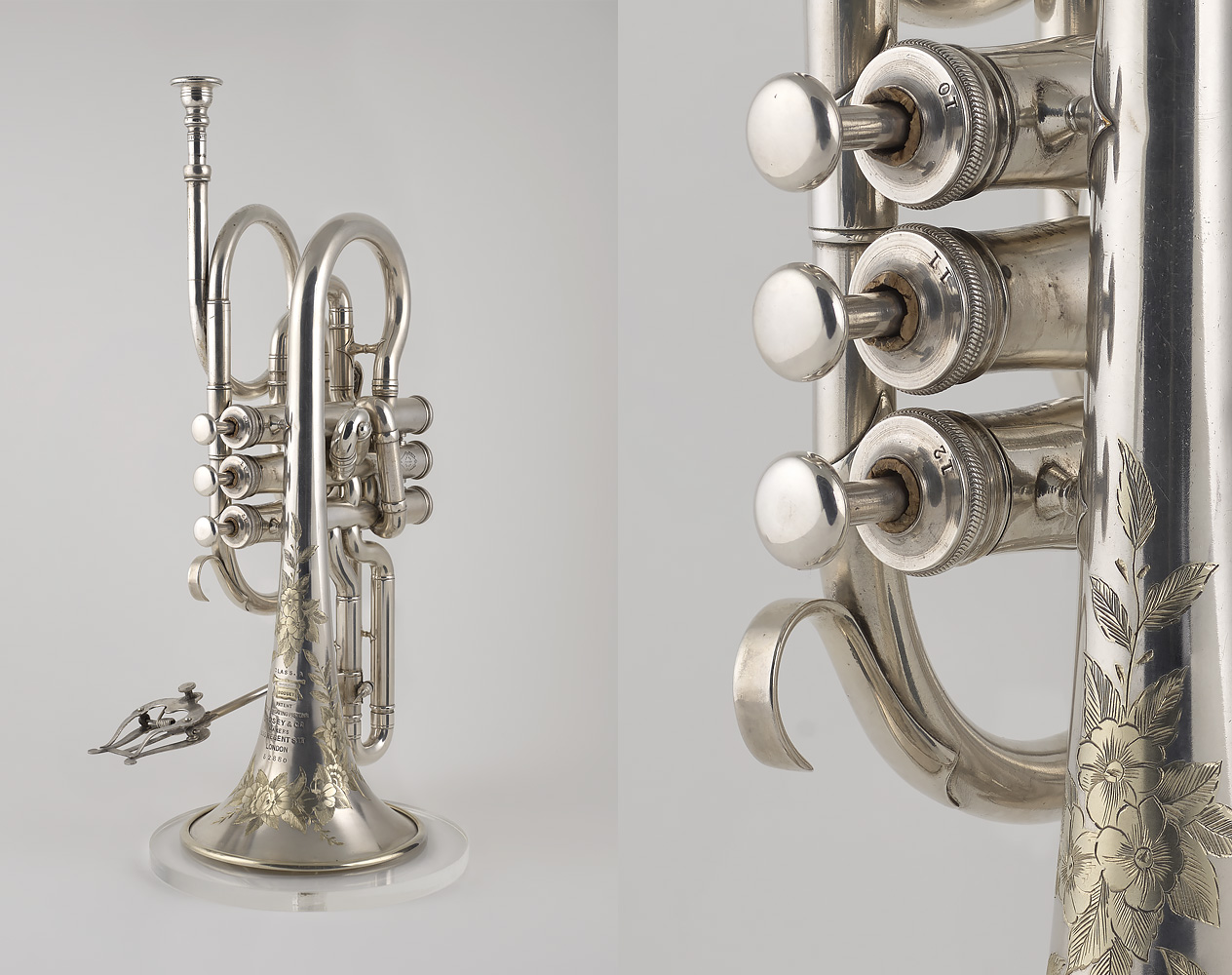
The brass instruments in particular tended to require a specialized setup in the form of a light tent, to minimise reflections and keep the lighting even across the object. The most complex studio setup I had to devise was while photographing the saxophone, for which a large makeshift light tent was made, and ended up taking up half of the studio space.
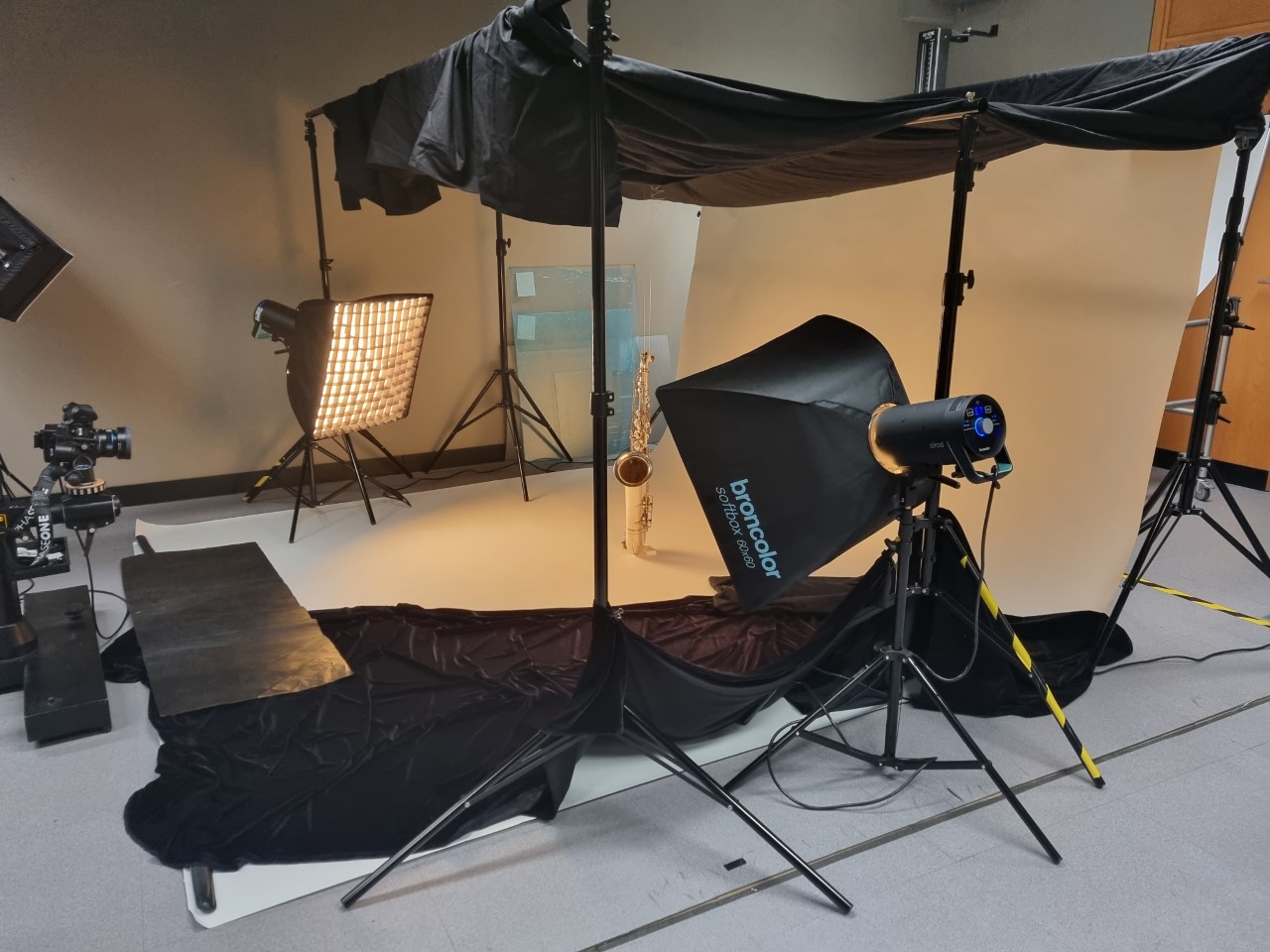
Due to the shapes and curves of the instrument it is almost impossible to predict where a reflection might occur, so there was a lot of trial and error to make sure reflections were avoided!
For some of the more unfamiliar instruments, I had also to do a bit of research regarding how it looked when played and arrange it accordingly. For example the Musette de cour, a baroque instrument from the bagpipe family with an interesting set of bellows was particularly difficult to figure out how to pose properly. The prior record photograph did not give the best indication, but I did find a painting of a gentleman playing a very similar instrument, aiding my understanding of how to arrange it. All the bagpipe instruments were very tricky to arrange due to their stiff nature (on storage/display), and fragile, delicate fabric.
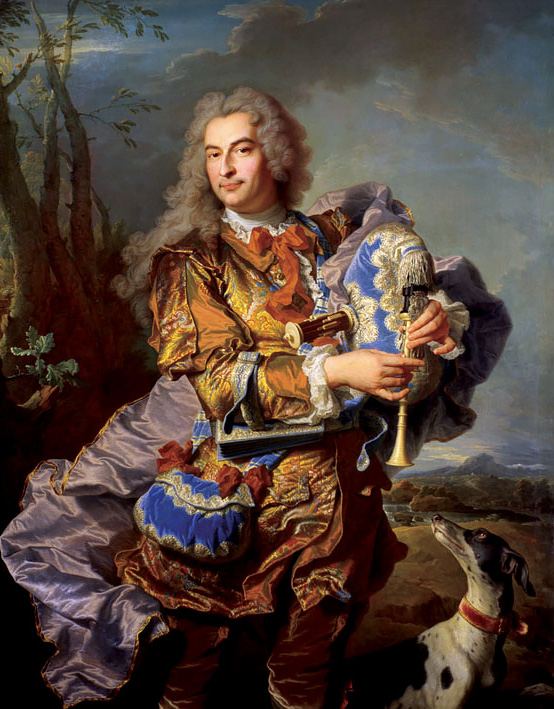
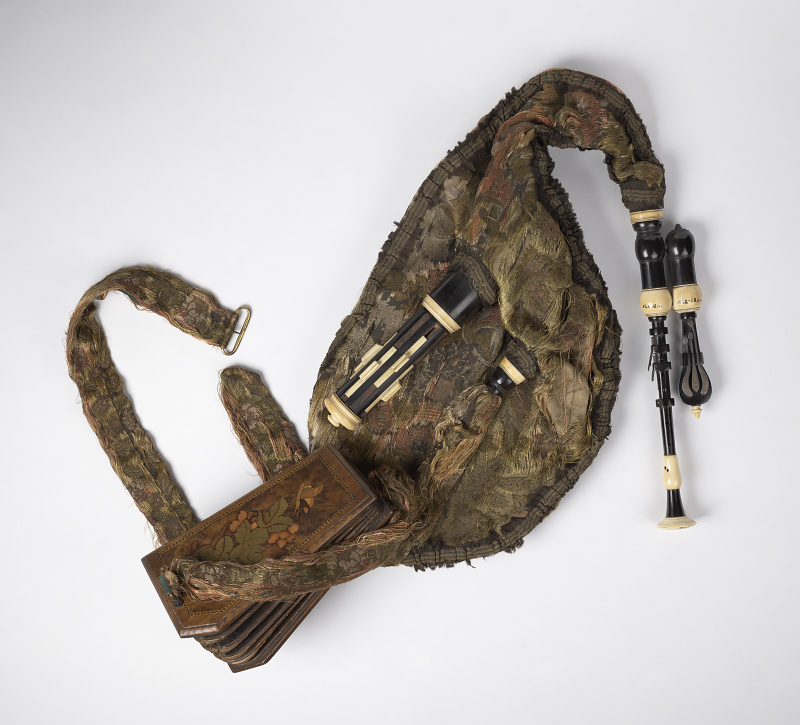
With regards to post processing, most instruments followed a similar process. Focus stacking was fairly common with an average of 4-6 images per instrument to combine in order to provide the sharpest possible focus on all areas of the instrument. However the smaller instruments shot at ¾ angles with a macro lens had many more to work with – e.g. the harmonicas had 24 images each, including the additional shots for exposure correction on the shiny areas. The shadows and highlights on all instruments were accounted for to give a pleasing, realistic view of the instrument in real life without losing any detail in those areas. I kept a close eye on lighting across all record photographs, keeping them as uniform as possible. This meant keeping the key light coming from the same direction wherever possible.
The last phase of the project was three days spent on location at St Cecilia’s Hall to photograph harpsichords, pianos and a double bass. Most of the harpsichords have been photographed before but this time they required a bird’s eye view of the soundboards. For the initial setup we worked in the concert hall, building a large black backdrop and placing a table in the scene to hold the weight of the harpsichords. There were challenges with lighting in this room, as the large cupola in the concert hall had a lot of windows, which meant the changing weather and the time of day affected the lighting, although this was accounted for and kept in mind while shooting.
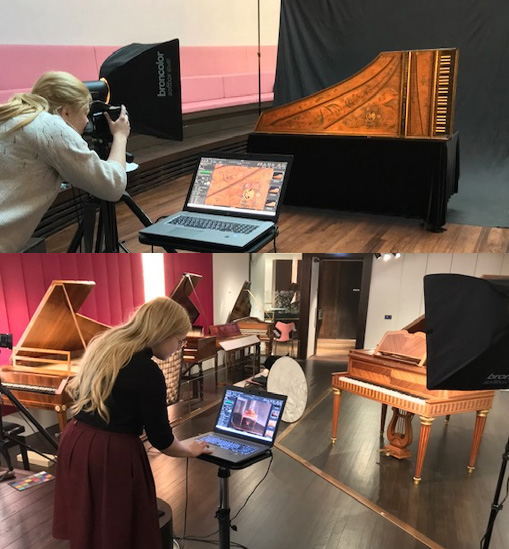
The soundboard photographs also required St Cecilia’s instrument conservator, Dr Jonathan Santa Maria Bouquet, to unscrew the lids of the harpsichords, transport them on a trolley and turn them on their sides, ready to be photographed. This worked well as the studio setup remained consistent for these particular images and we could capture the majority of them on the first day. Some soundboards were quite aged and faded, and others still rich in their decoration. It was a bonus to photograph this beautiful lid painting on one of the harpsichords when we had some spare time.
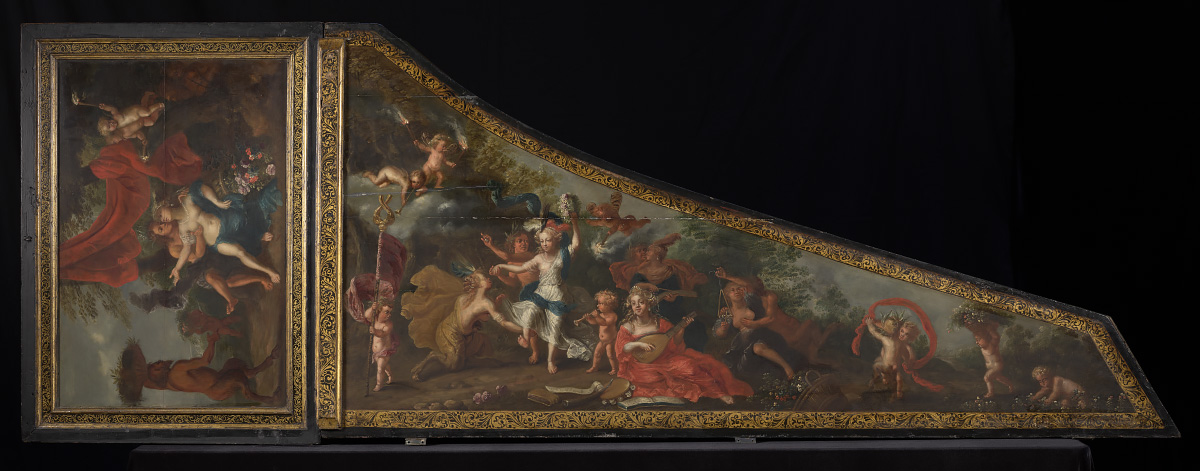
The second day was similar in setup, but instead with a white backdrop to capture the last few instruments. Finally, the last day consisted of photographing a large piano in-situ in its gallery space, which presented several challenges of angles, lighting and working within a confined space. A wide angle lens was used as well as reflectors where necessary.
It has been a very rewarding project to work on and a wonderful way to learn more about object photography and its challenges. In particular it has been exciting to give each of these instruments time in the spotlight, deciding on the best lighting, angles and problem solving both during capture and post processing. I feel like I know each one intimately as a friend, being lucky enough to have spent a decent amount of time with each instrument, not rushing the process. It was wonderful to work on location with all the St Cecilia’s staff as they gave fascinating insights about some of the instruments and it was interesting to see the collections management side. I also learned new techniques and worked through location-based challenges.
I hope that these images will enhance the user experience at St Cecilia’s Hall and aid with student engagement and wider academic research, and inspire everyone to take a closer look at the musical instrument collections!
Juliette Lichman, Photographer
Be First to Comment